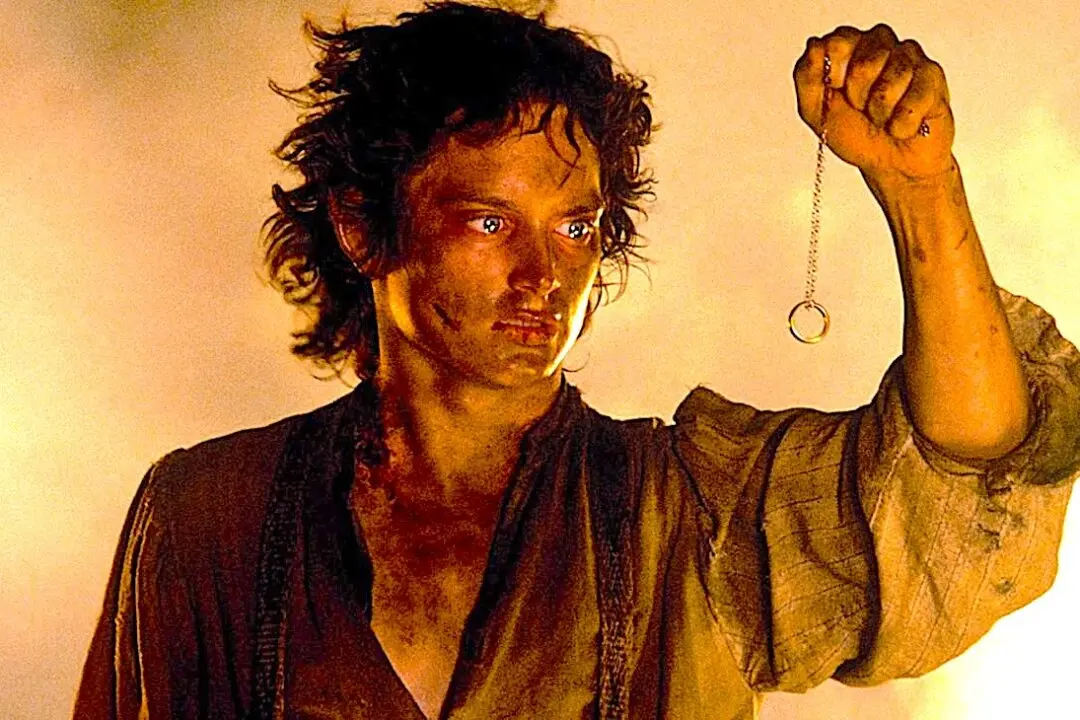Who hasn’t heard of the movie “Mr. Smith Goes to Washington?” I never saw it. I needed to. What I discovered via a little research was that iconic film director Frank Capra and iconic American painter Norman Rockwell are basically two sides of the same coin. And that the coin could arguably be labeled as propaganda, since the government at one point funded some of Capra’s work.
Popcorn & Inspiration: ‘Mr. Smith Goes to Washington’: Fighting the Good Fight
Films that uplift the soul

Mark Jackson
Film Critic
|Updated:
Mark Jackson is the senior film critic for The Epoch Times and a Rotten Tomatoes-approved critic. Mark earned a bachelor's degree in philosophy from Williams College, followed by classical theater conservatory training, and has 20 years' experience as a New York professional actor. He narrated The Epoch Times audiobook "How the Specter of Communism Is Ruling Our World," available on iTunes, Audible, and YouTube. Mark is featured in the book "How to Be a Film Critic in Five Easy Lessons" by Christopher K. Brooks. In addition to films, he enjoys Harley-Davidsons, rock-climbing, qigong, martial arts, and human rights activism.
Author’s Selected Articles




